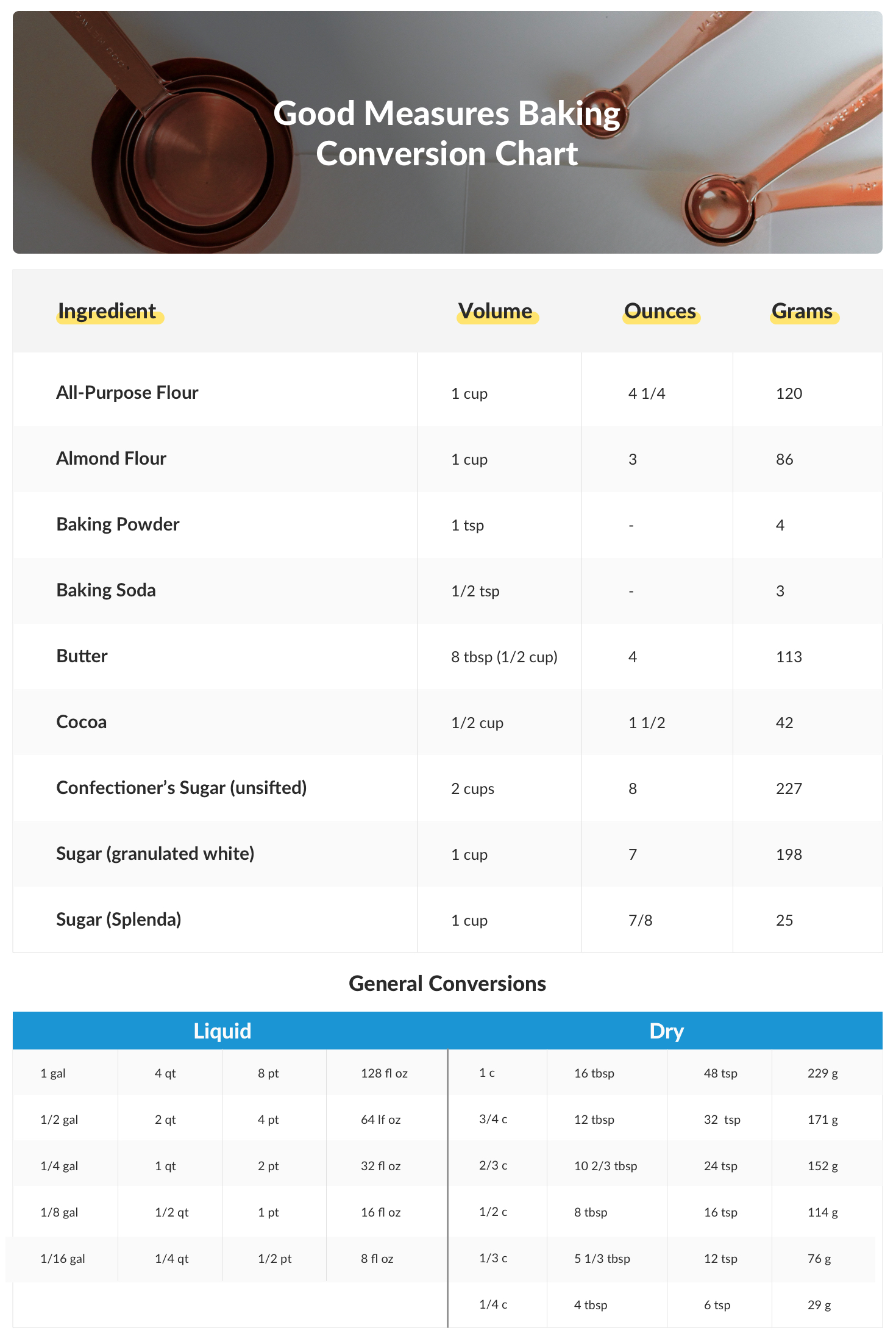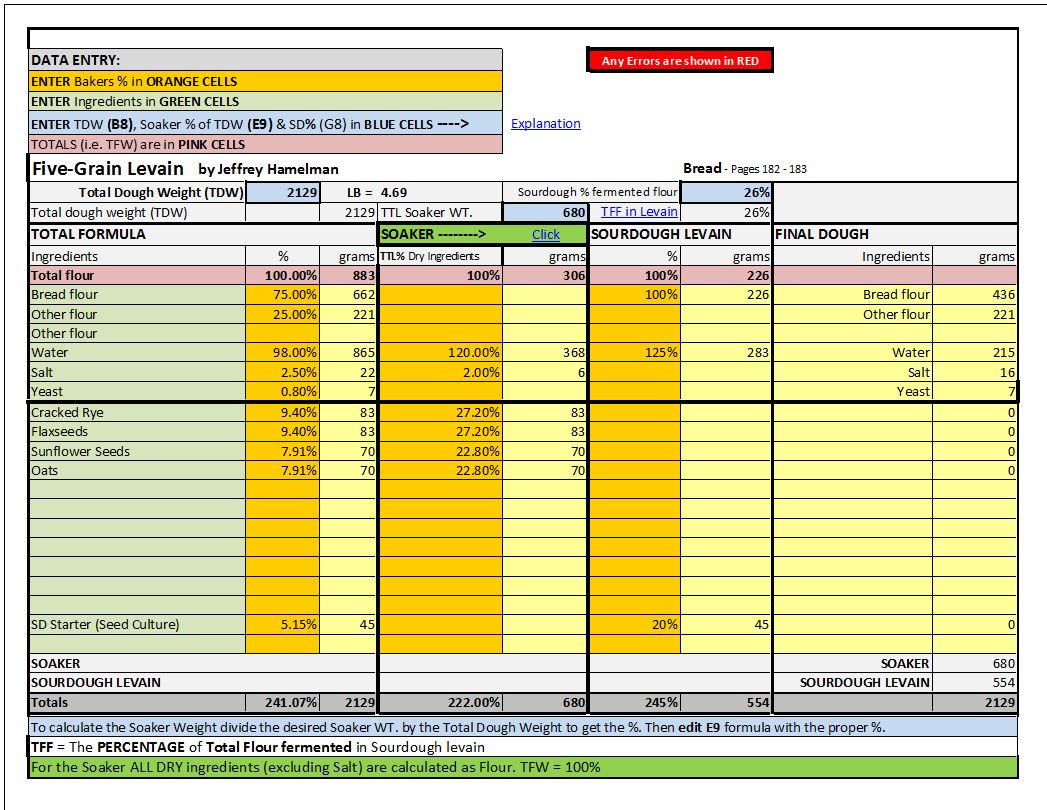
alter or add a single-ingredient percentage without changing the other ingredients' percentages. spot a bad recipe, or predict its baked characteristics. compare recipes more easily (i.e., which are drier, saltier, sweeter, etc.). For this reason, many breadmaking books that are targeted to home bakers provide both percentages and volumes for common batch sizes.īesides the need for appropriate readability scales, a kitchen calculator is helpful when working directly from baker's percentages. For these ingredients, it may be easier to express quantities by volume, based on standard densities. In home baking, the amounts of ingredients such as salt or yeast expressed by mass may be too small to measure accurately on the scales used by most home cooks. ĭigital scale with readability of 0.01 g. Manipulation of known flour-protein levels can be calculated with a Pearson square. With this method, occasionally an error or outlier of some kind occurs.īaker's percentages do not accurately reflect the impact of the amount of gluten-forming proteins in the flour on the final product and therefore may need to be adjusted from country to country, or even miller to miller, depending on definitions of terms like "bread flour" and actual protein content. Main article: Cup (unit) § Dry measure Volume to mass conversions for some common cooking ingredientsĭue to volume and density ambiguities, a different approach involves volumetrically measuring the ingredients, then using scales or balances of appropriate accuracy and error ranges to weigh them, and recording the results. Adaptation of volumetric recipes can be made with density approximations: In four different English-language countries of recipe and measuring-utensil markets, approximate cup volumes range from 236.59 to 284.1 milliliters (mL). Intra-metric conversions involve moving the decimal point. In the metric system, there are only a small number of basic measures of relevance to cooking: the gram (g) for weight, the liter (L) for volume, the meter (m) for length, and degrees Celsius (☌) for temperature multiples and sub-multiples are indicated by prefixes, two commonly used metric cooking prefixes are milli- (m-) and kilo- (k-). units can sometimes be awkward and the metric system makes these conversions simpler. 
Baker's percentage expresses a ratio in percentages of each ingredient's weight to the total flour weight: Baker's percentage ingredient = 100 % × Weight ingredient Weight flour Weights and densities

It is sometimes called formula percentage, a phrase that refers to the sum of a set of baker's percentages.

It is also referred to as baker's math, and may be indicated by a phrase such as based on flour weight. Baker's percentage is a notation method indicating the proportion of an ingredient relative to the flour used in a recipe when making breads, cakes, muffins, and other baked goods.







 0 kommentar(er)
0 kommentar(er)
